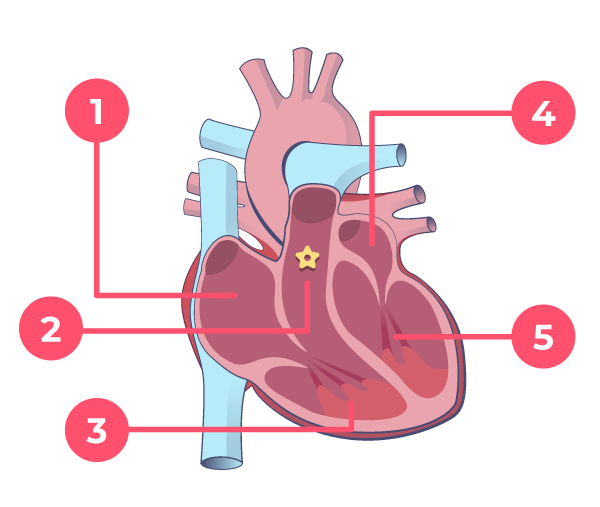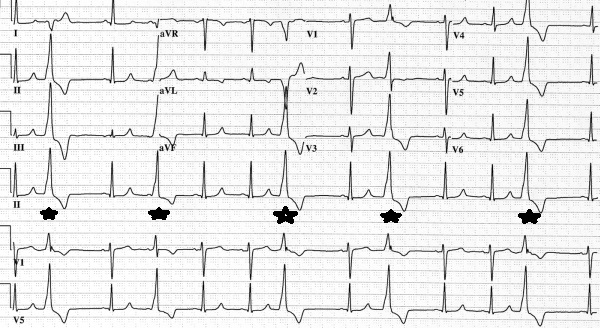Ventricular extrasystoles is the medical term for extra beats in a patient’s heart chamber. These are not unusual and are normally benign, but can have a significant impact upon a patient’s quality of life. This means that it is important to have your heart examined if you experience extrasystoles, especially as you may be experiencing symptoms of a more serious condition.
The first step your practitioner will take is to undertake an ultrasound examination, called an Echocardiography, to rule out a more serious condition. If this comes back negative, then treatment options can be considered if necessary.
What Are The Symptoms Of Extrasystoles?
Typically, the extra beats will originate from areas of the right ventricle, close to the outlet of the pulmonary artery. However, in some cases it can originate in the left ventricle, close to the outlet of the outlet of the aorta – the big and common artery leaving the left heart chamber. In rare cases, the extra beats may come from other areas of the right or left ventricle.

- Right atrium
- Right ventricular outflow tract
- Right ventricle
- Left atrium
- Left ventricle

In the absence of other heart conditions, the beats do not represent any danger, merely an annoyance. In certain cases, this annoyance can represent a significant impact to the quality of life of a patient, so treatment may be considered.
It is possible to alleviate the condition medically, typically by using beta blocking medications. In many cases, medication does not have a lasting effect. When this happens, your physician may recommend an ablation treatment.
This treatment requires a small instrument, called an ablation catheter, to be inserted into the heart via the groin. The physician then finds the area in the heart that is the source of the extra beats and heats the tissue, destroying the heart cells in the process. Ablation treatments are very effective and safe procedures that can rapidly alleviate extrasystoles.